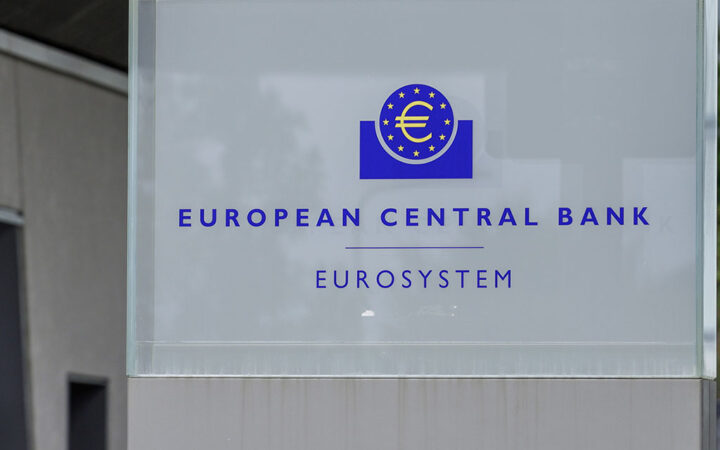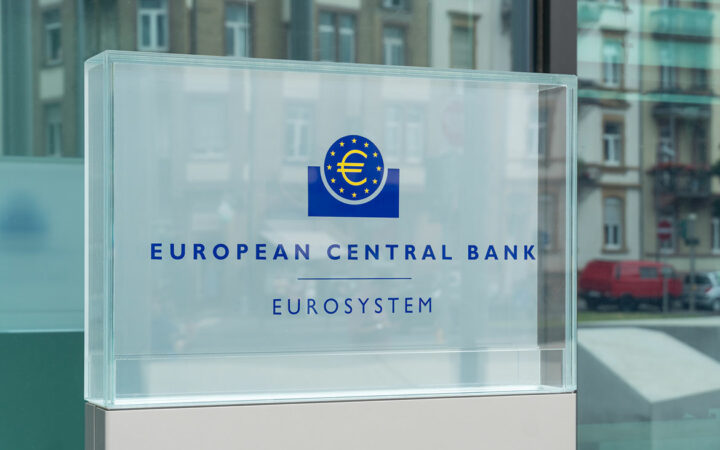
April 11th, 2025
Central Bank Digital Currencies (CBDCs) are gradually becoming an important tool in global finance activities, as they help improve financial inclusion and cross-border payments. Stay updated with the latest CBDC news as several government institutions explore the potential use cases of these cryptocurrencies. Discover how central banks hope to transform finance by issuing their cryptocurrencies.

South Korea is progressing with its CBDC trial. Major firms like 7-Eleven are set to join the trial, and retail participation is the focus.

The ECB’s move is partly driven by concerns over the growing adoption of US dollar-backed stablecoins, which could increase American influence in the global financial system.

Fed Chair Powell ruled out a US CBDC under his tenure, backing the Trump administration’s push for stablecoins over digital fiat.

India’s central bank takes a significant step in digital currency adoption by collaborating with Cred to bring the e-Rupee CBDC to retail consumers.

With Trump’s backing for stablecoins, ECB insiders are pushing for a CBDC alternative to match the competition.

In a significant move, Trump established a new cryptocurrency working group without the Federal Reserve and FDIC, sparking industry discussions about regulatory approach and financial innovation.

President Trump may issue an executive order banning CBDCs as other governments around the world are rushing to launch their digital currencies.

Emmer is a pro-crypto Congressman who now joins Bryan Steil as part of the subcommittee’s leadership to oversee crypto regulation in the US.

The Bank has actively engaged stakeholders through multiple forums to gather insights shaping the design phase of the Central Bank Digital Currency (CBDC).

Societe General and Banque de France have conducted the first repo purchase agreement on the Ethereum blockchain.

On his final day as RBI Governor, Shaktikanta Das expressed optimism about the Digital Rupee CBDC’s potential to drive India’s economy forward.

Most New Zealanders oppose the CBDC use, citing privacy concerns and government control.

Cambodia has intensified its crackdown on unlicensed cryptocurrency activities by blocking major platforms like Binance.

The ECB emphasizes urgency for a digital euro, addressing reliance on foreign systems, legal delays, and balancing financial stability.

India advances digital payments and CBDC adoption, emphasizing cross-border partnerships while being cautious about the public e-rupee rollout.
Central Bank Digital Currencies (CBDCs) are the closest form of crypto supported by many governments worldwide. The concept of CBDCs utilizes blockchain and distributed ledger technology like cryptocurrencies. However, they are somewhat different from traditional digital assets because they are issued by a central bank or a similar governing authority. In a sense, a CBDC is a stablecoin since it is backed 1:1 to the official fiat currency of the issuing country. CBDCs offer a stable blockchain-based alternative to decentralized cryptocurrencies and stablecoins issued privately.
While China was one of the leading countries in terms of CBDC development, several other central banks are in different phases of exploration. Although they are more stable and secure since they are backed by an official government agency, CBDCs remain a concern to the crypto community. While most cryptocurrencies, including stablecoins, are decentralized, CBDCs can be modified to control usage. Also, since they are centralized, governments may have extensive oversight over transactions conducted. Some consider this feature a plus as it will help to prevent illicit activities, while others believe it is too much of a threat to individual privacy.
Nonetheless, there are a few key benefits of CBDCs. A major perk expected is cross-border payments. Since international transactions are slow, complicated, and expensive, using a CBDC could streamline this process by enabling transaction settlement between two or more central banks. In addition to these transactions, CBDCs can also significantly improve financial inclusion in parts of the world where access to financial services is limited. Other benefits include secure transactions and openness of operations, minimized trading costs, and accessibility of the global market by all small and large stakeholders.
Read the CBDC guide for more information about these government-issued cryptocurrencies.
CBDC is primarily described as a general-purpose central bank digital currency comprising three elements; digital currency, provided by the central bank, and globally available. Since it is digitized, it can only be used electronically or over the web. Since it is approved by the central bank of a country, it is acceptable publicly and can be used anywhere for international business transactions and personal purchases.
A CBDC differs from physical cash in the sense that it allows for payments to be made electronically at the point of sale or for online purchases while physical cash is used for point-of-sale payments or physical deposits in the financial sector. CBDC is exposed to several risks online which do not apply to physical cash such as hacks, information theft, money laundering, and problems arising from a decentralized system.
CBDCs are designed to complement cash and not replace it. Several central banks have noted that they do not intend to use CBDCs to replace cash.
CBDCs promise faster payments, reduced fraud and counterfeiting, as well as improved monetary policy as they allow central banks to implement policy changes better.
The disadvantages of a CBDC include privacy concerns, the risk of cyber hacks, and the possibility of financial exclusion in areas where access to the internet is limited, or people are unfamiliar with technology.
A CBDC is issued and controlled by a central authority and is centralized, unlike most other cryptocurrencies. In addition, where digital assets are not considered legal tender, a CBDC would be recognized.